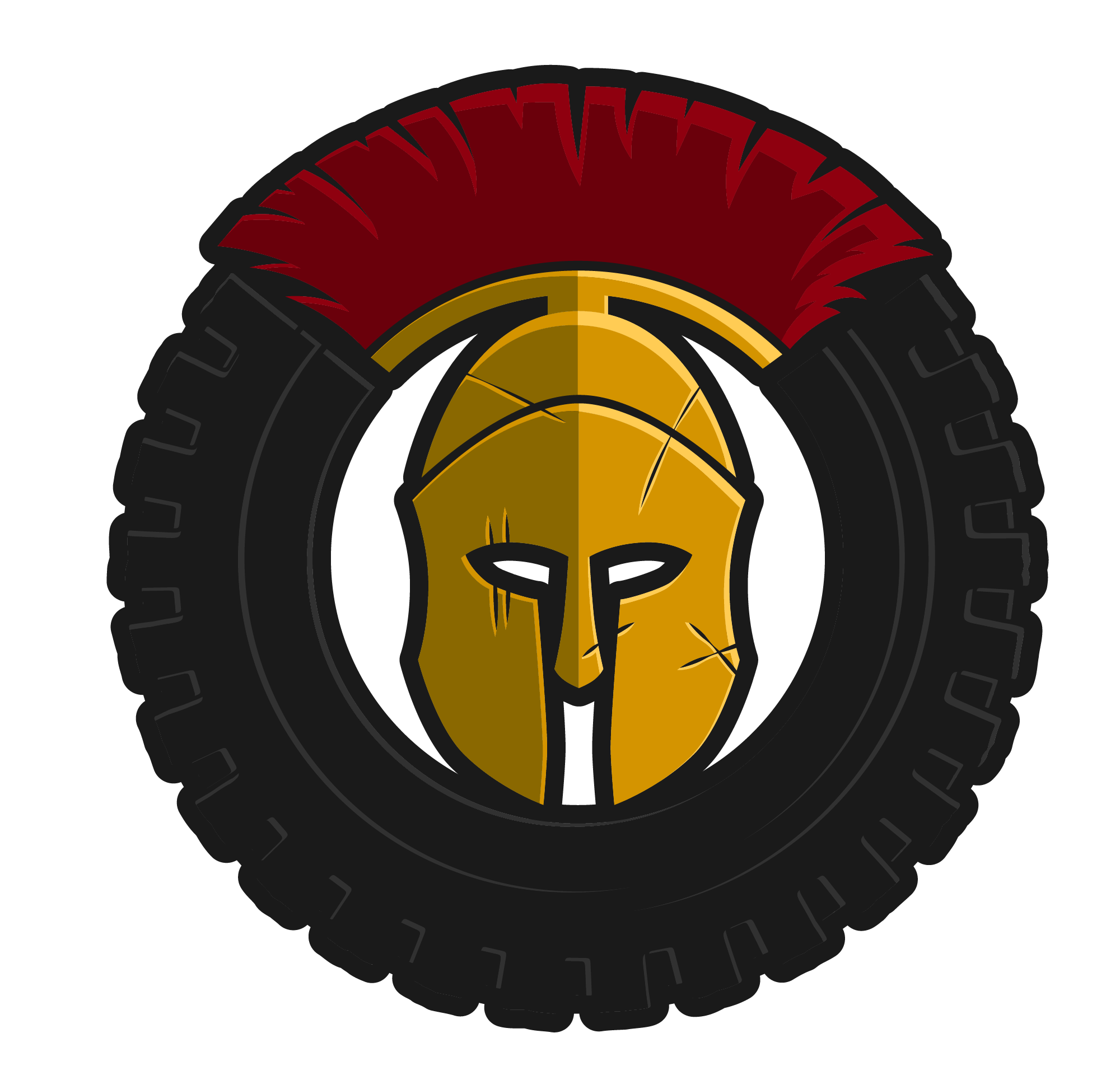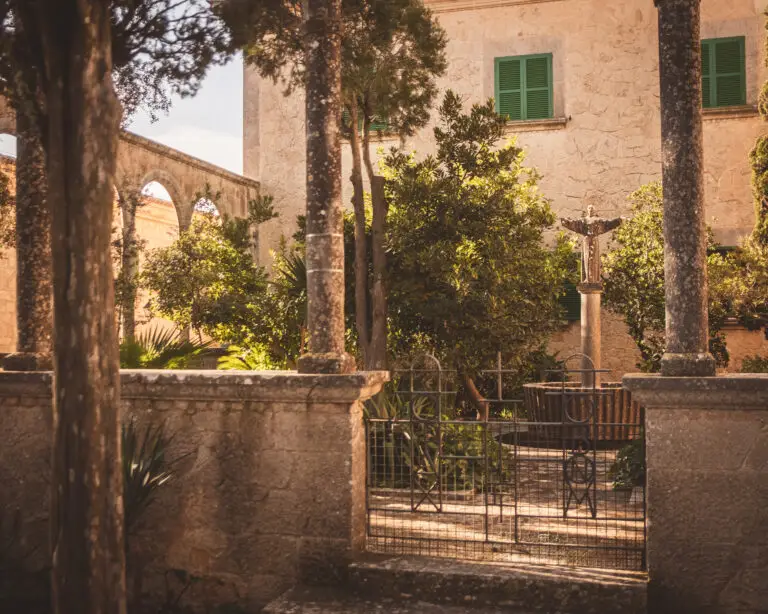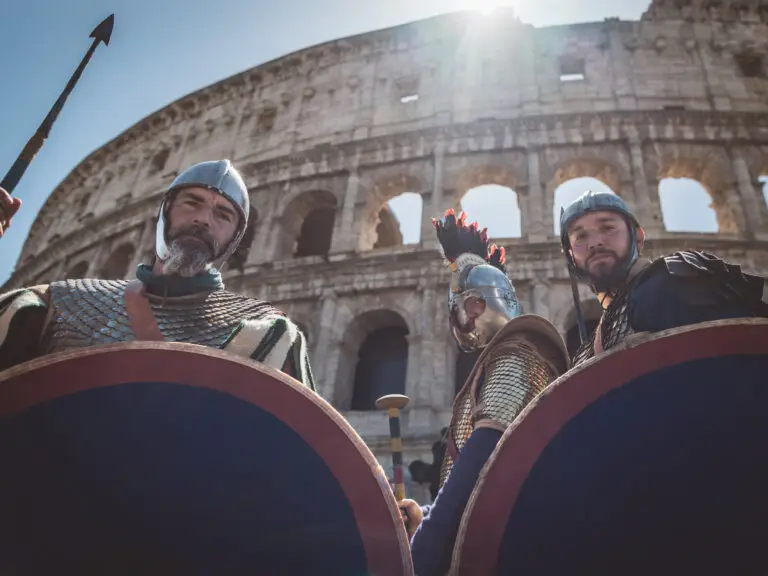
Alcúdia, Mallorca 🇪🇸
Content
The Romans on Mallorca
The visible traces of the Romans on Mallorca are rare today. The often-called 'Pont de Roma' in Pollença has no definitive Roman attribution. Even Palma, founded immediately after the Roman victory over the native tribes in 123 BC and originally named Palmaria Palmensis ('Victory Palm'), shows only a few remaining archaeological traces of its Roman roots—too many later constructions have blurred the remnants of the past.
However, the true Roman influence on Mallorca extended far beyond visible structures—it brought an enormous cultural shift. Before the arrival of the Romans, the island’s inhabitants still lived almost like in the Stone Age, in clay huts and limestone caves, while in Rome, multi-story apartment buildings were already shaping the cityscape.
Mallorca remained free from foreign rule for so long due to the resilience of its inhabitants and the island’s harsh conditions. The Balearic slingers were renowned as fearsome warriors. According to the historian Strabo (Geographica, Book III, Chapter 5, Section 1), Quintus Caecilius Metellus ordered his ships to be covered with hides to protect them from the deadly projectiles of the islanders during his conquest of Mallorca.
The History of Pollentia
Pollentia is the most significant Roman archaeological site on Mallorca, offering fascinating insights into life in an ancient city. It was founded in the 2nd century BC, shortly after the Roman conquest of the island.
The name 'Pollentia,' meaning 'the Mighty,' highlights its central role as a trade and administrative hub of the Balearic Islands.
Like many Roman colonial cities, Pollentia followed a well-planned urban structure. The forum, a public square, formed the center and was surrounded by commercial streets, temples, and monuments. The residential buildings were arranged in a rectangular layout and featured inner courtyards (atria) and were adorned with elaborate mosaics, stucco, and marble. Many also featured private baths as well as an advanced water and sewage system.
The city's port was located south of the theater in what is now Alcúdia Bay. Covering an area of approximately 16 hectares, Pollentia was strategically situated.
In the 3rd century AD, the city was fortified with a wall, but this could not prevent the Vandals from sacking it in 426 AD.
Despite the destruction, the settlement remained inhabited until nearly the arrival of the Moors in 902 AD. Later, the modern town of Alcúdia was founded nearby, just north of the ancient city. Its name derives from the Arabic Al-Qudya ('the hill'). During the Moorish rule, Pollentia was still known as Bullansa, but over time, it faded into obscurity.
Pollentia today
Pollentia’s ruins were rediscovered in the 16th century when a farmer accidentally unearthed a veiled head of an Augustus statue. Further archaeological discoveries followed in the 17th century during the construction of Alcúdia’s second city wall, when more Roman relics came to light. However, systematic excavations did not begin until the early decades of the 20th century, uncovering large sections of the ancient city.
Today, visitors can explore the archaeological site as well as the museum. For €4 (as of 01/2025), a combined ticket grants access to both the outdoor site and the museum.
There are three excavation areas in different parts of the city: the residential district La Portella, the forum, and the theater.
1. The Residential District La Portella
The best-preserved building is the House of the Two Treasures (Casa dels dos Tresors). Visitors can walk through its rooms and easily imagine how they were once used. The structure of the house is well preserved, including the outer street-facing section, the commercial spaces, and the living areas surrounding the atrium. The size and furnishings of the house illustrate how wealthy Romans lived on Mallorca. Opposite stands the House of the Bronze Head (Casa del Cap de Bronze), where the famous bronze head of a girl (Cap de Nina) was discovered.
2. The Forum
The forum was the heart of the city. Public gatherings, religious ceremonies, and trade took place here. The remains of several temples highlight the forum’s central role in the social life of the Romans.
3. The Theater and the Necropolis
The Roman theater, dating back to the 1st century AD, is remarkably well preserved. Carved into the rock, it could accommodate up to 2,000 spectators. Not far from the theater lies the necropolis, a Roman burial site that provides fascinating insights into the funerary customs of the time.
4. The Museum
Located nearby, the 'Museu Monogràfic de Pollentia' is housed in the former hospital of Alcúdia and showcases numerous artifacts from the city's excavations. The exhibits include ceramics, coins, statues, and everyday objects that reflect the lives of Pollentia’s Roman inhabitants. Particularly impressive are the finely crafted jewelry pieces and the remains of Roman wall paintings. However, the most spectacular finds are displayed at the 'Museo Arqueológico Nacional' in Madrid.
You are currently viewing a placeholder content from Google Maps. To access the actual content, click the button below. Please note that doing so will share data with third-party providers.
More InformationHow to get there?
- Pollentia on Google Maps,
Coordinates: 39°51’03.6″N 3°07’14.1″E
Website: Museum Website



